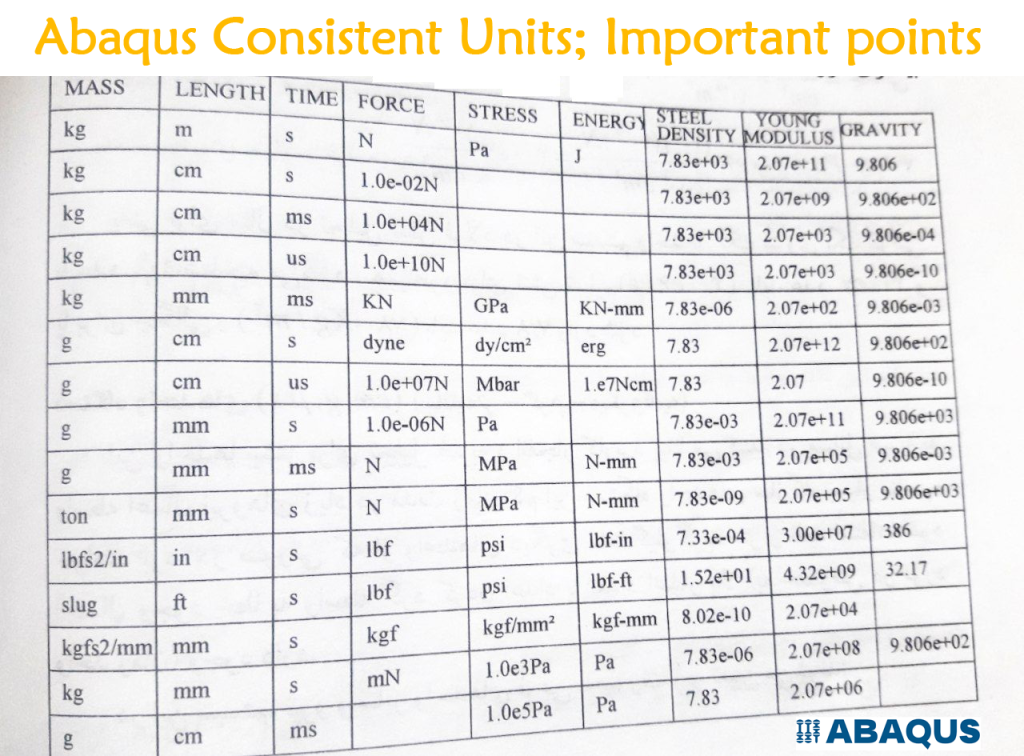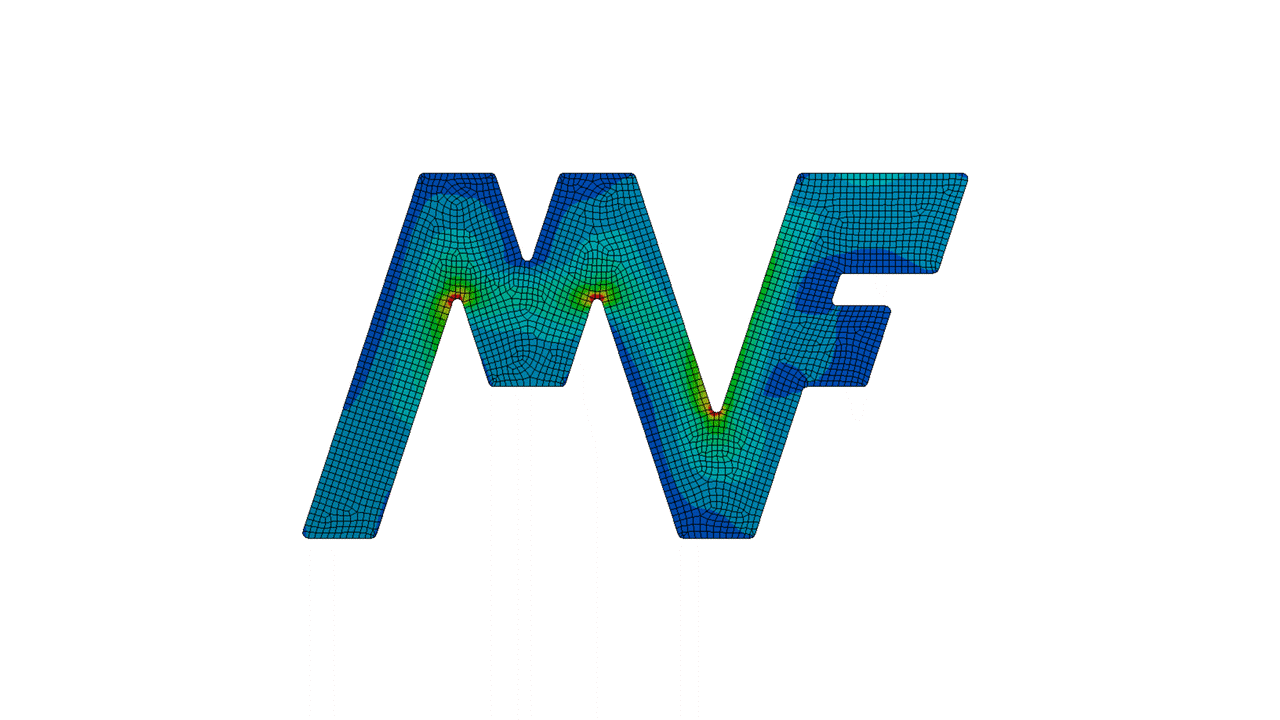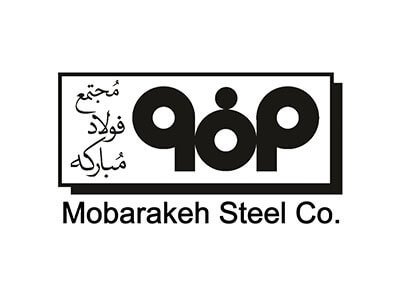The Importance of Consistent Units in Abaqus Simulation
For beginners or even experienced Abaqus users, sometimes, the question arises
What unit system is used in Abaqus?
How to convert units in Abaqus?
How to check the unit system in Abaqus?
And questions like this. In this post, we will explain the consistent units in Abaqus from A to Z! It is important which unit system is used in impact or static analysis.
The importance of the topic – to learn from mistakes
Consistent units are very important in engineering design and simulation, and it is interesting to know that negligence will lead to disastrous consequences. Do you doubt it? Take a look at this engineering mistake in converting the English system to metric in NASA’s Mars Climate Orbiter project.
The Mars Climate Orbiter was lost due to a navigation error caused by a mismatch between the English units used by one team and the metric units used by another team. This resulted in incorrect trajectory calculations and ultimately caused the spacecraft to burn up in Mars’ atmosphere.
So, let’s learn about consistent units in Abaqus so that such tragedies do not happen in our name!
What unit system is used in Abaqus?
In Abaqus, it is important to decide on a system of units before defining a model, since there is no built-in system of units. To ensure accurate and meaningful analysis results, all input data must be specified in consistent units. A system is considered consistent when the derived units, such as force, stress, energy, and power, are correctly expressed in terms of the chosen base units, such as length, mass, time, and temperature.
The SI unit system, or Imperial unit system, offers a set of units for mass, length, and time that other quantities can use with known and conventional units. Although this may seem simple, the conclusions drawn from it are significant and exciting results that will help us better understand and analyze. In the SI system, for example, force, pressure, and other quantities can be easily measured.
F=m.a => Kg . m/s^2 =N
Value of units
With a little care, we can say that the units that have more value are larger. For example, the value of the MPa unit for pressure is 10.6 times the Pa unit. The question may arise: if the units are based on mm in an analysis, will the unit of pressure be MPa? If the unit of force is Newton, the answer is yes.
Is it possible to select the unit of mass and time in such a way that the force is obtained based on the same force?
The answer is yes. I have explained below.
Abaqus Consistent units
If the unit of time is seconds and the unit of length is millimeters, what unit must be chosen for the mass so that the force is the same as Newtons?
Mass and force
To do this, you must do the following. If X is a new unit of mass and its relative value is compared to kilograms (X = a Kg):
N = (a Kg) mm/s^2 = (a Kg) 10e-3 m/s^2 = (10e-3 (a) (Kg.m/s^2) = (10e-3 a)(N)
The quantity (10 e-3 a) must be equal to one to obtain the force based on Newton. Therefore, the new unit of mass in this case should be 1000 kg or one ton.
Density
Because Abaqus usually works with the density, for a material such as steel, the density must be entered in tons per cubic millimeter.
7800 Kg/m^3 = 7800 . 10^-3 ton/10^9 mm^3 = (7800). 10^-12 ton/mm^3
Poor selection of consistent units sometimes causes problems for the finite element analyst. Consider the following example.
Example 1
If the mass is in kilograms and the length is in millimeters, the unit of time b seconds can be obtained in such a way that the force is obtained in Newtons:
Force (Newton)=Kg (mm)/(b.s)^2 =Kg (10^(-3) m)/(b.s)^2 =Kg.m/s^2 .10^(-3)/b^2 =10^(-3)/b^2 N
10^(-3) = b^2 ==> b=1/(10√10)
That is, in this consistent but unsuitable unit system, the unit of time will be 1/(10√10).
10^10 sec => 3000 year => Time Unit
10^9 Ton => 10^12 Kg => Mass Unit
If the meter unit is selected for length, the necessary operations can be easily performed to identify the force unit.
F = 10^12 Kg . m/((10^10 )^2 s^2 ) = 10^12/10^20 Kg.m/s^2 = 10^(-8) N
Another widely used consistent units in Abaqus
The cm.g.micro s unit system is another unit system commonly used for impact and explosion analysis. In case of impact due to the application of high forces in a short time, this system will be a very suitable compatible unit. If other units such as kilograms, meters, and seconds are used, there is a possibility of error due to rounding numbers with a high number of decimals (per unit time).
What is the difference between SI m and SI mm system?
Abaqus Unit Table

Online Abaqus Unit Converter
Carl Osterwisch has made things a lot easier. You can convert different dimensions to different unit systems much easier and faster online. Just click on this link
https://msgfile.info/fea-units.html
Abaqus Material Database – No need for unit conversion!
At BanuMusa R&D, we have also prepared a comprehensive database of high-consumption materials in FEA simulation for the convenience of Abaqus users. One of the features of the Abaqus material database – MatLib plugin – is no need to convert material specification units. If you work with SI m/mm or the English system. All material data has already been converted.
MatLib Abaqus Material Library
Abaqus Units Converter Plugin
To convert units, there is a plugin for Abaqus, which is not complete. Of course, if you have Python scripting skills, you can develop it on your own. You can get this plugin from here.
14 Essentially Abaqus Plugins (Add-ons) for Abaqus users – Part I
References
- One of the most complete references (total of 5 pages!) for unit conversion prepared by ESI Group for PAM-CRASH software, and you can use it for all CAE software. Download
- LS-Dyna consistent units table – The most popular reference among simulation engineers!













